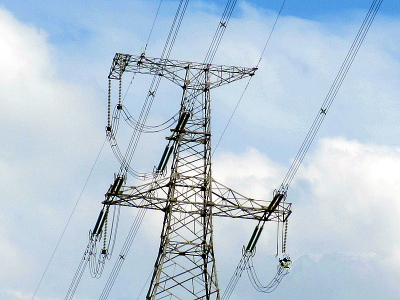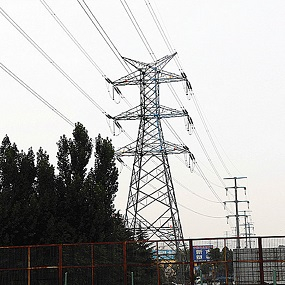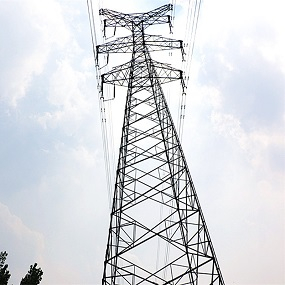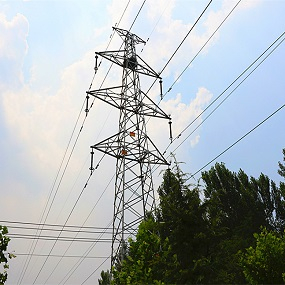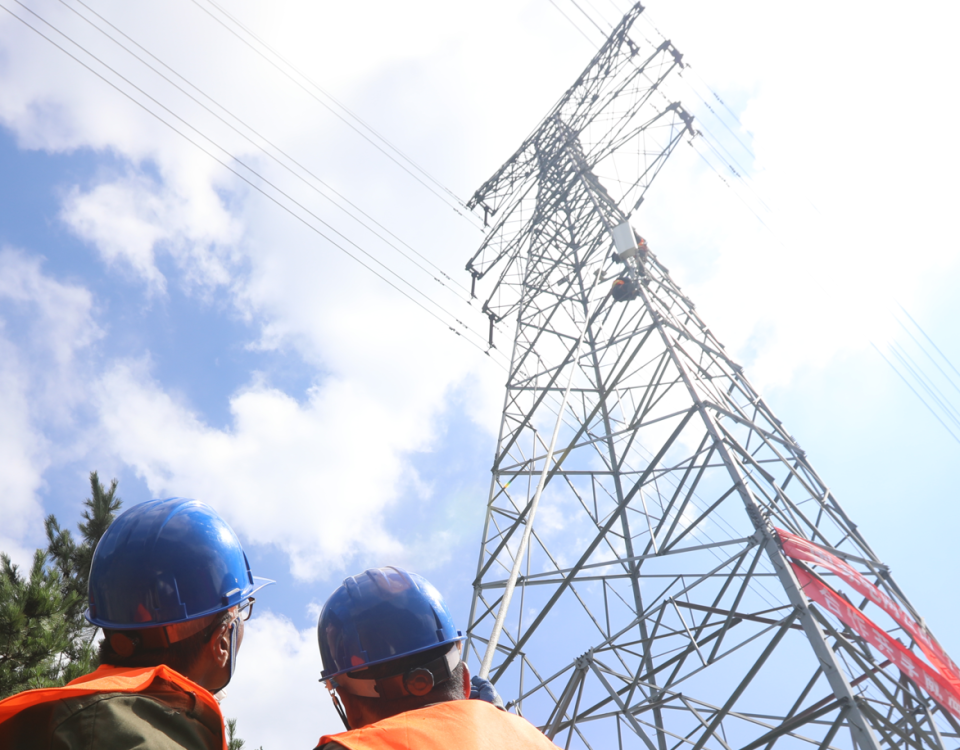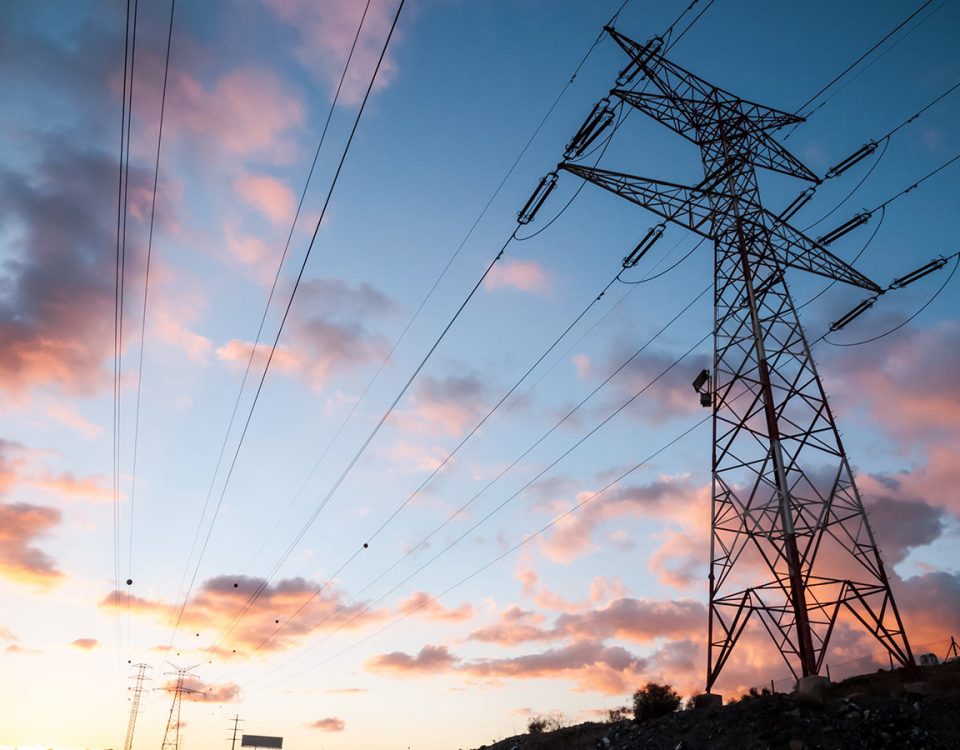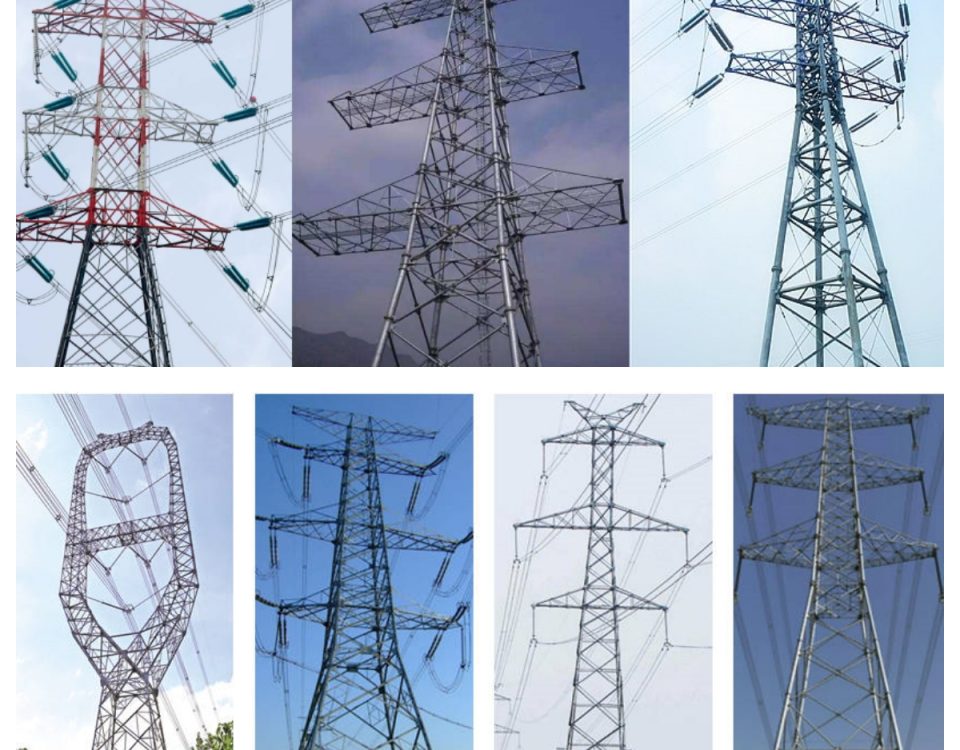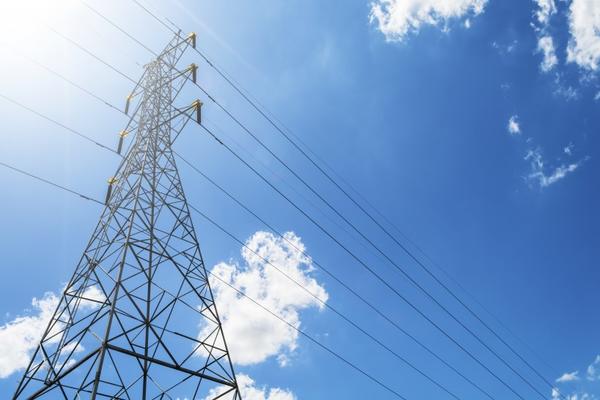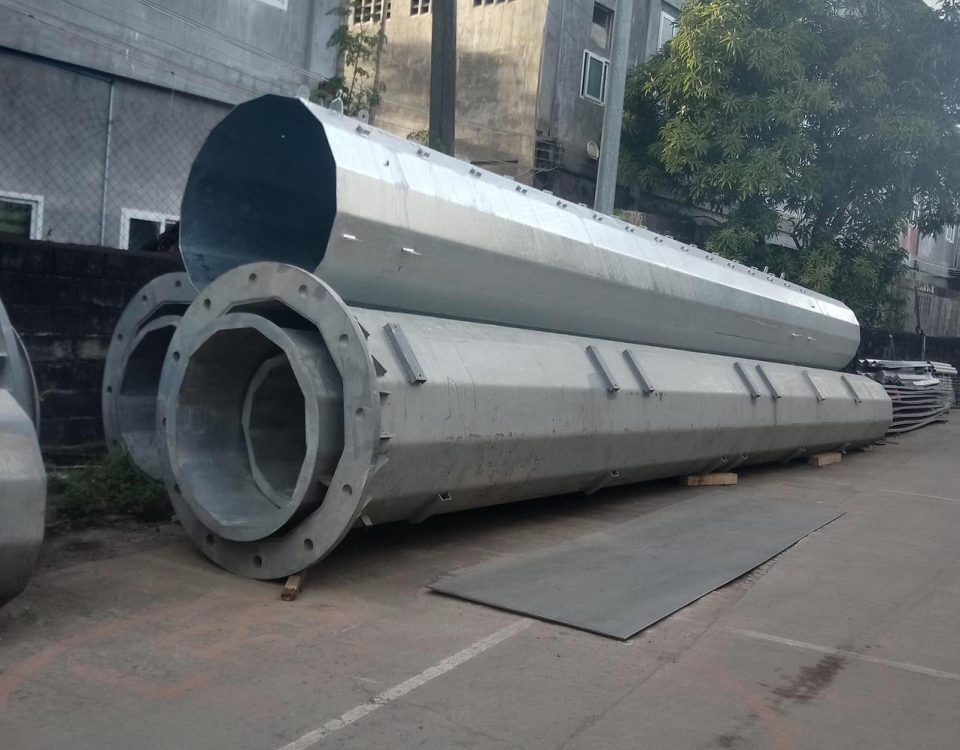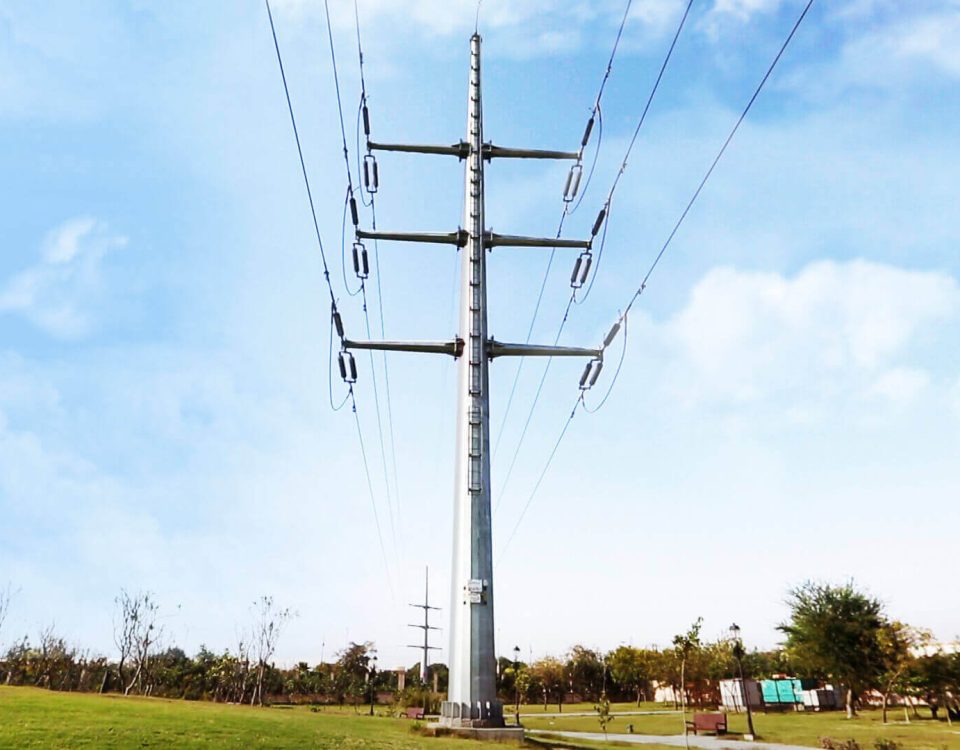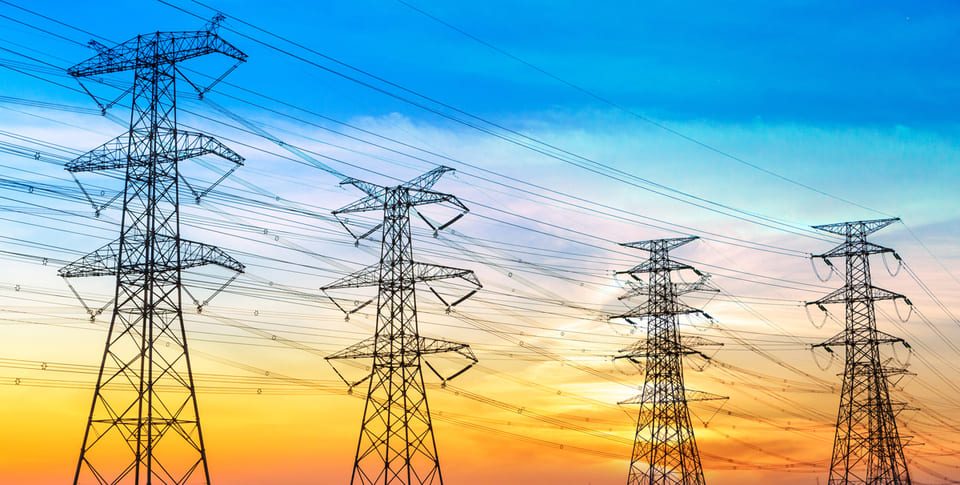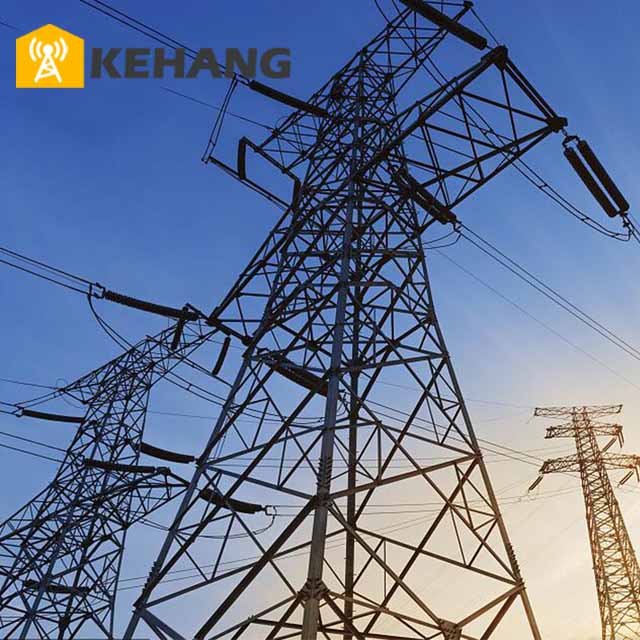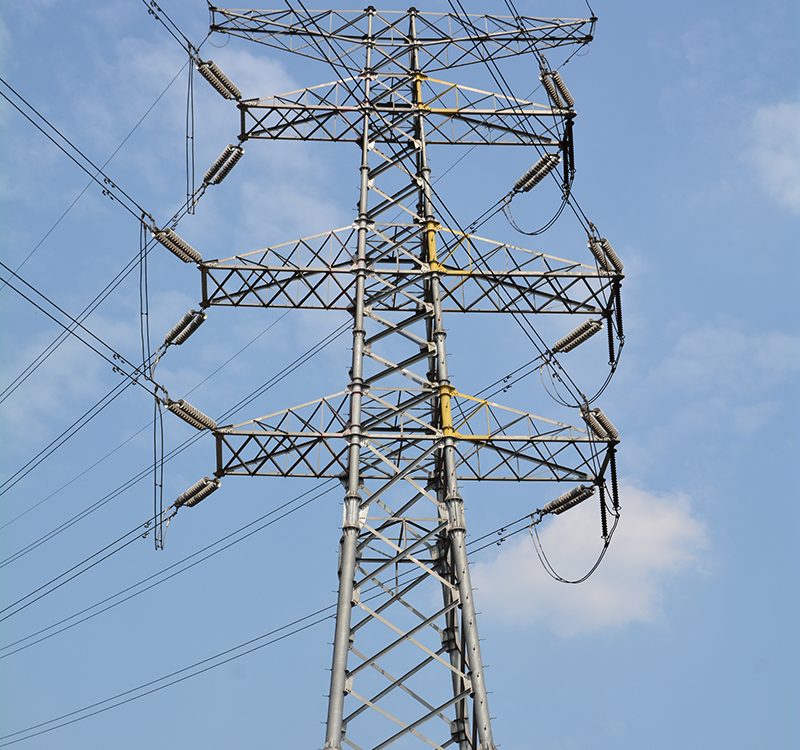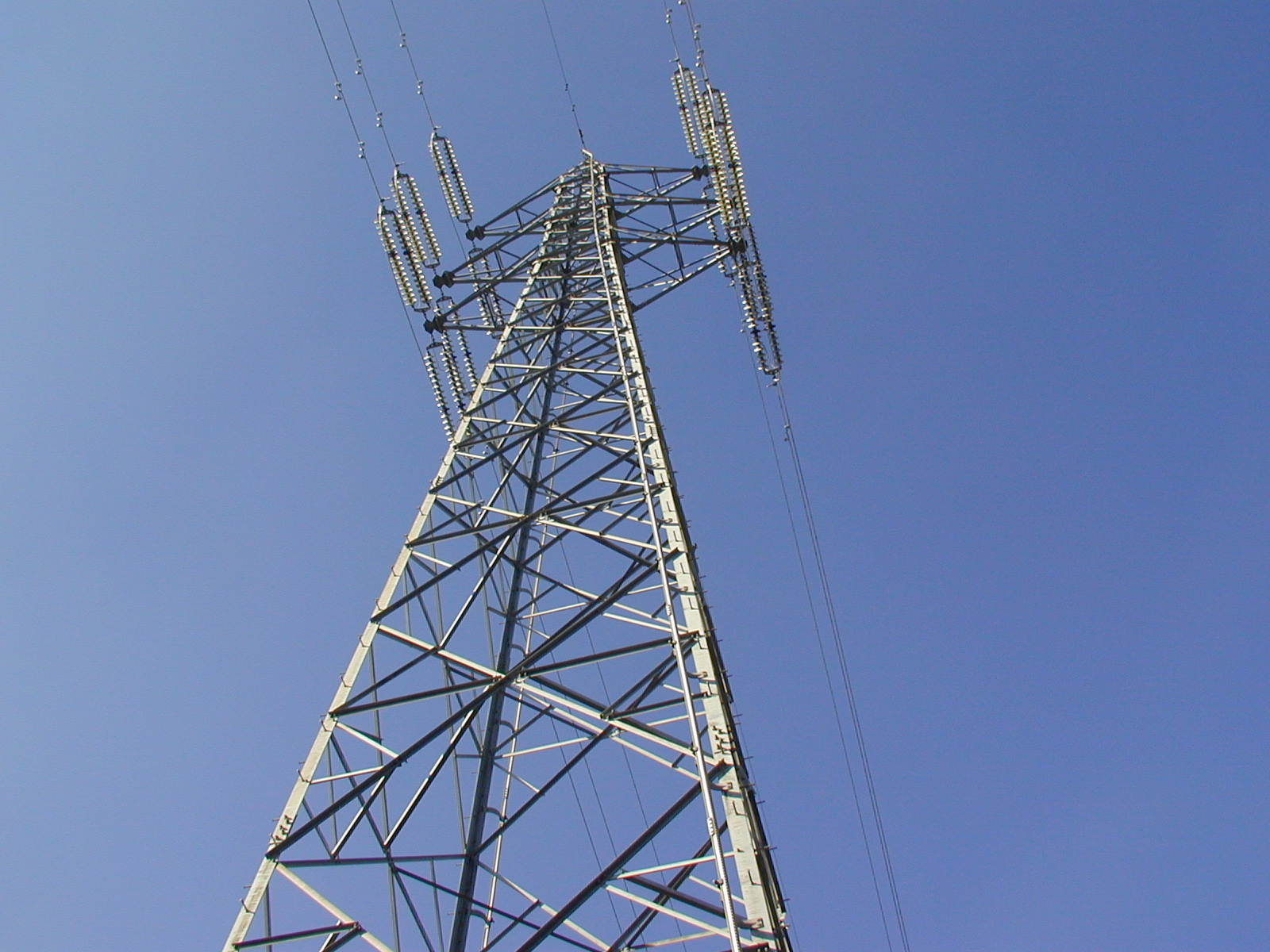
some points need to be considered when designing the steel tower
December 9, 2018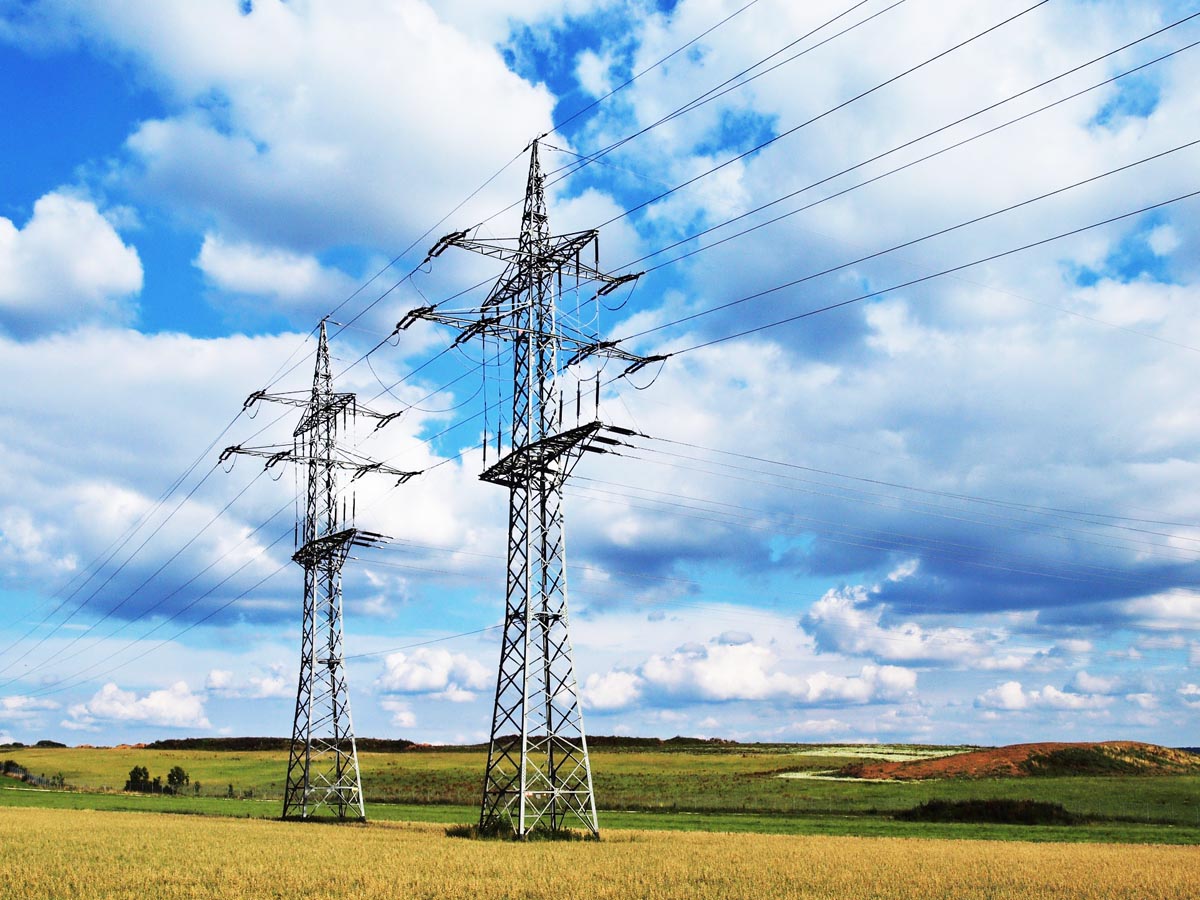
50kv Transmission Line tower – Línea de transmisión 50kv torre
December 19, 2018angular electrical power transmission tower
electric-power transmission lines carry power from generating plants (see electric-power generation) to the distribution systems that feed electricity to domestic, commercial and industrial users. Transmission lines vary from a few kilometres long in an urban environment to over 1000 km for lines carrying power from remote hydroelectric plants. They may differ greatly in the amount of power carried. Because requirements vary, many technical, economic and environmental factors must be considered when new lines are planned.Electrical power line routes are designed based on geography and the available paths according to easements, placement abilities and the ultimate destination. Surveyors work to maintain straight lines along the route as much as possible, but angle towers are needed each time the line takes a directional change. The angle means the tower must support the directional change. Anchors are added to the tower to counteract the pressure placed against the angle. The angle or tension-style tower is more heavy duty than a regular suspension tower because it must support a greater load.
utility:Power Transmission
Circuit:Double
Certificated:ISO,SGS,CWB
Material:Q245,Q345,Q420
Design Standard:GB,ASTM,British Standard
Type:Angle Tower
Structure:F Type
Package:Standard
Practical Height:27m
Color:Silver
Voltage:10-1000kV
Anti-corrosion:Hot-dipped Galvanization
Conductor Type:4*Lgj-400/35
Earth Wire Type:Gj-100
Fabrication Standard:GB/T 2694-2010
Galvanized standard:ASTM A123, BS729
Life Span:50Years
Spare Parts:Power Electric Fittings Will be Provided

